I recently gave a talk on meeting productivity for remote teams. People spend many hours each week in meetings–HBR cites executives alone spend 23 hours a week–yet much of that time feels inefficient or unproductive.
In the presentation, I shared six rules for better meeting productivity:
1. Do you really need a meeting?
The first rule is to avoid meetings unless you really need them. Meetings are rarely the best way to achieve your goal, so ask yourself beforehand if a meeting is truly necessary.
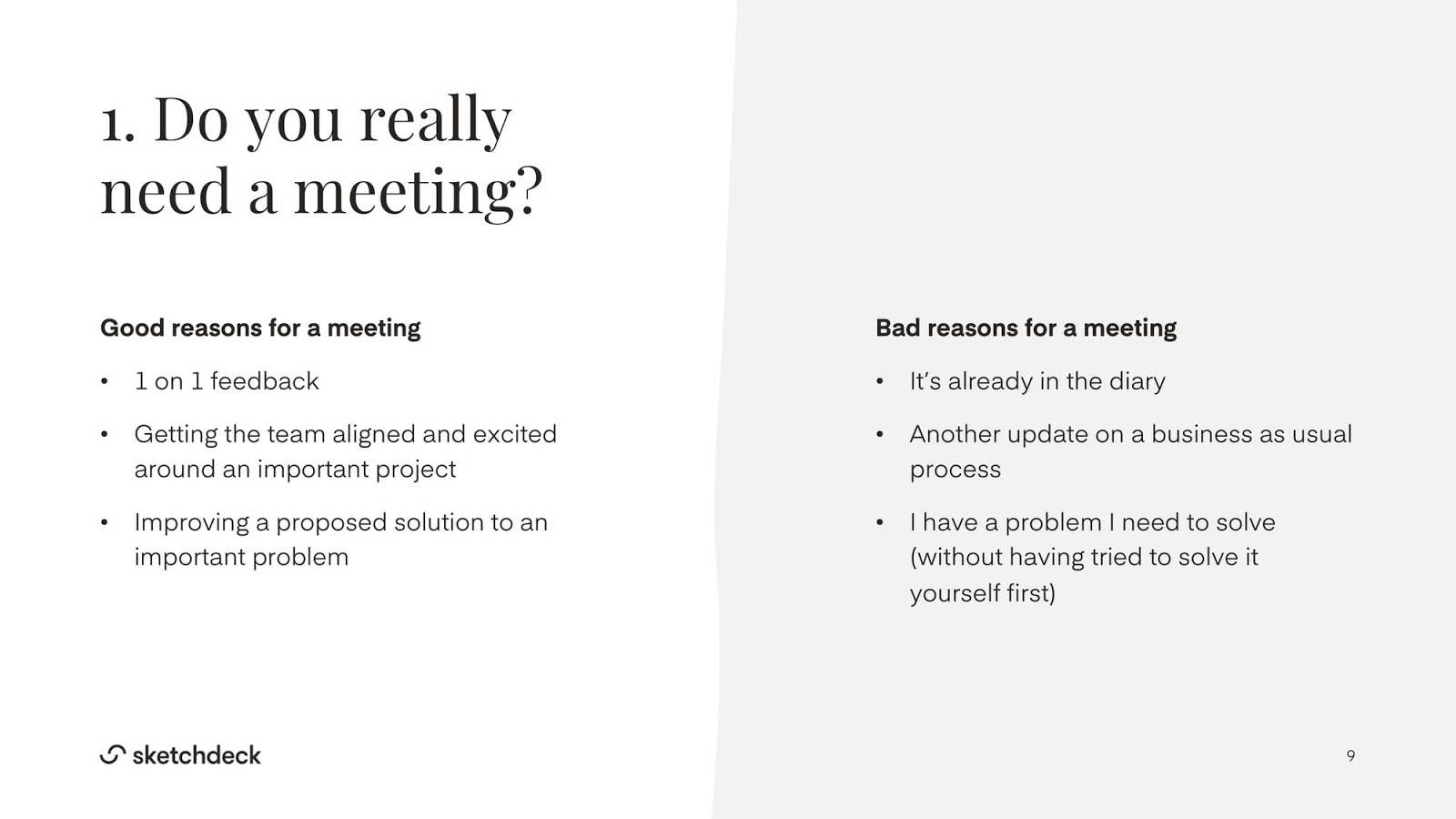
2. Less time, fewer people and lower frequency
Stop defaulting to weekly meetings with everyone on the team. Take time to analyze how many colleagues are needed, the duration of time appropriate for a productive discussion and whether frequency is actually beneficial.
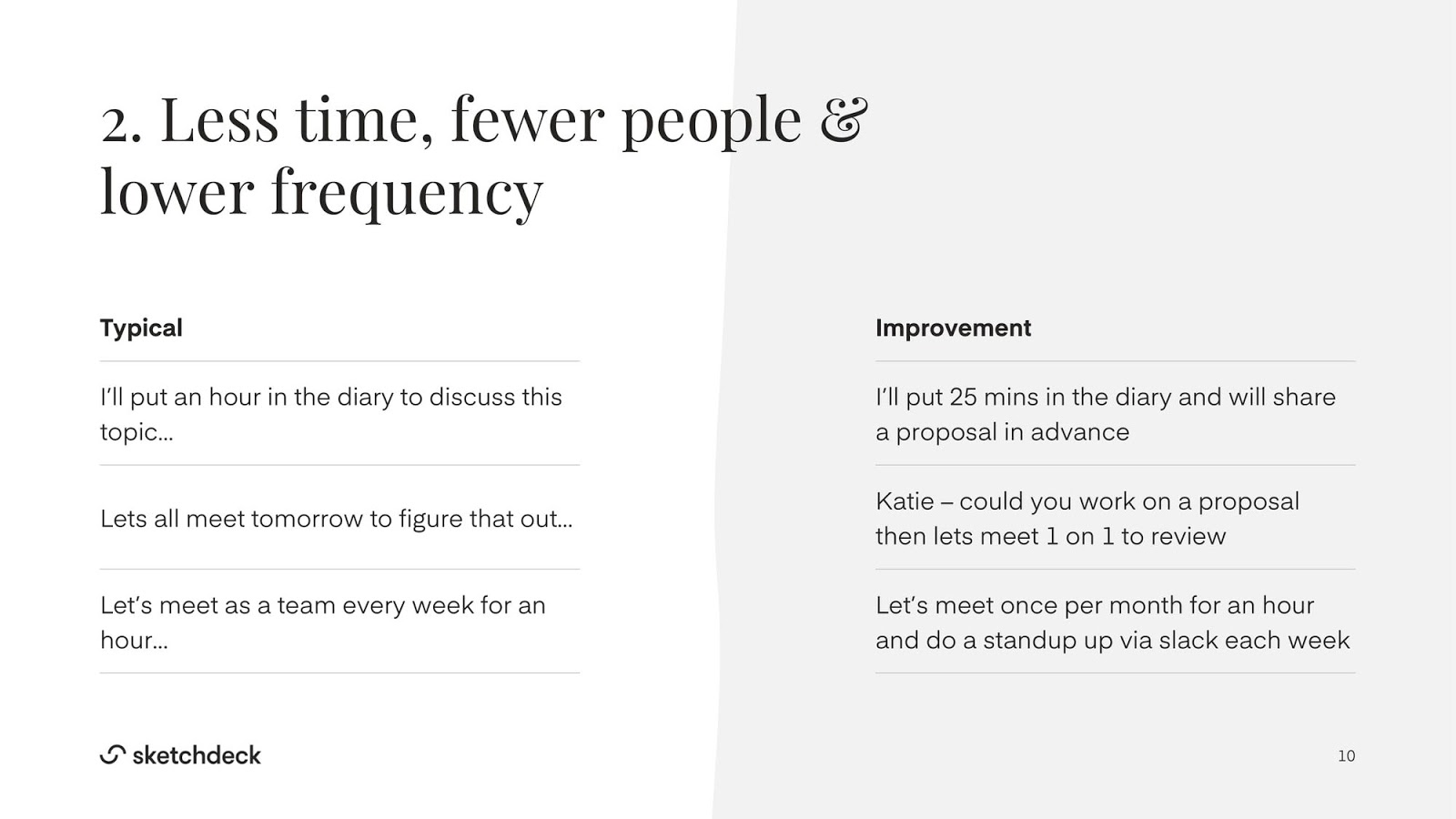
3. Set clear goals & agenda
Set goals and agenda and share in advance. This way, people can come prepared with ideas to help solve your problem.
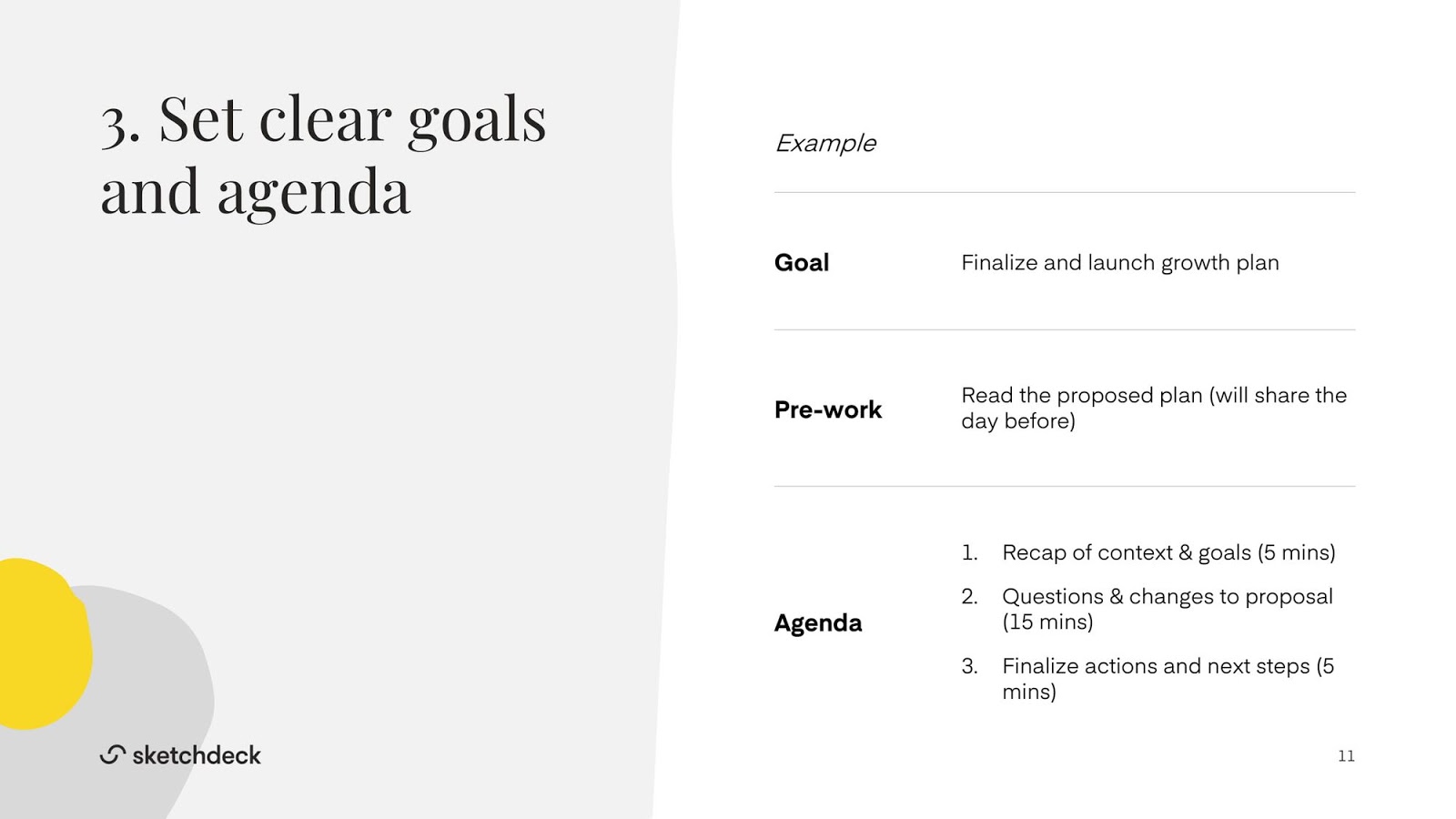
4. Come with an answer
If your meeting is to solve a problem, come to the meeting with the first draft of an answer. Starting from scratch in the meeting is inefficient and wastes valuable time.

5. Lead the meeting
Too many meetings lack structure and direction. If you’re the host, you need to lead the meeting and keep the discussion on track.
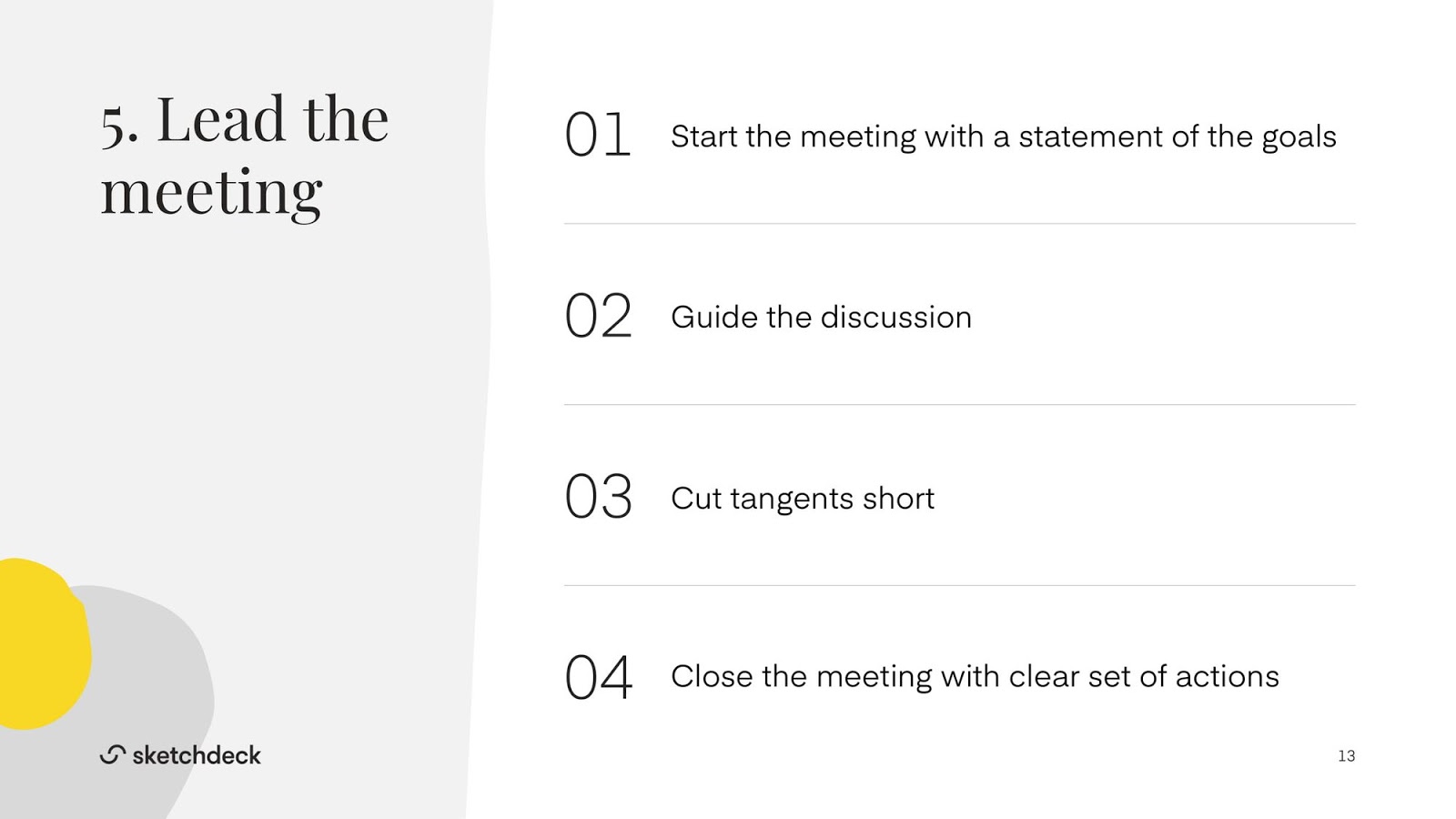
6. Follow up
By the time the meeting concludes, hopefully some decisions and actions have been produced. To make sure these actually happen, you have to follow up–after all, people are busy! You can use technology to transcribe your meetings and keep track of everything you need for a great follow up.
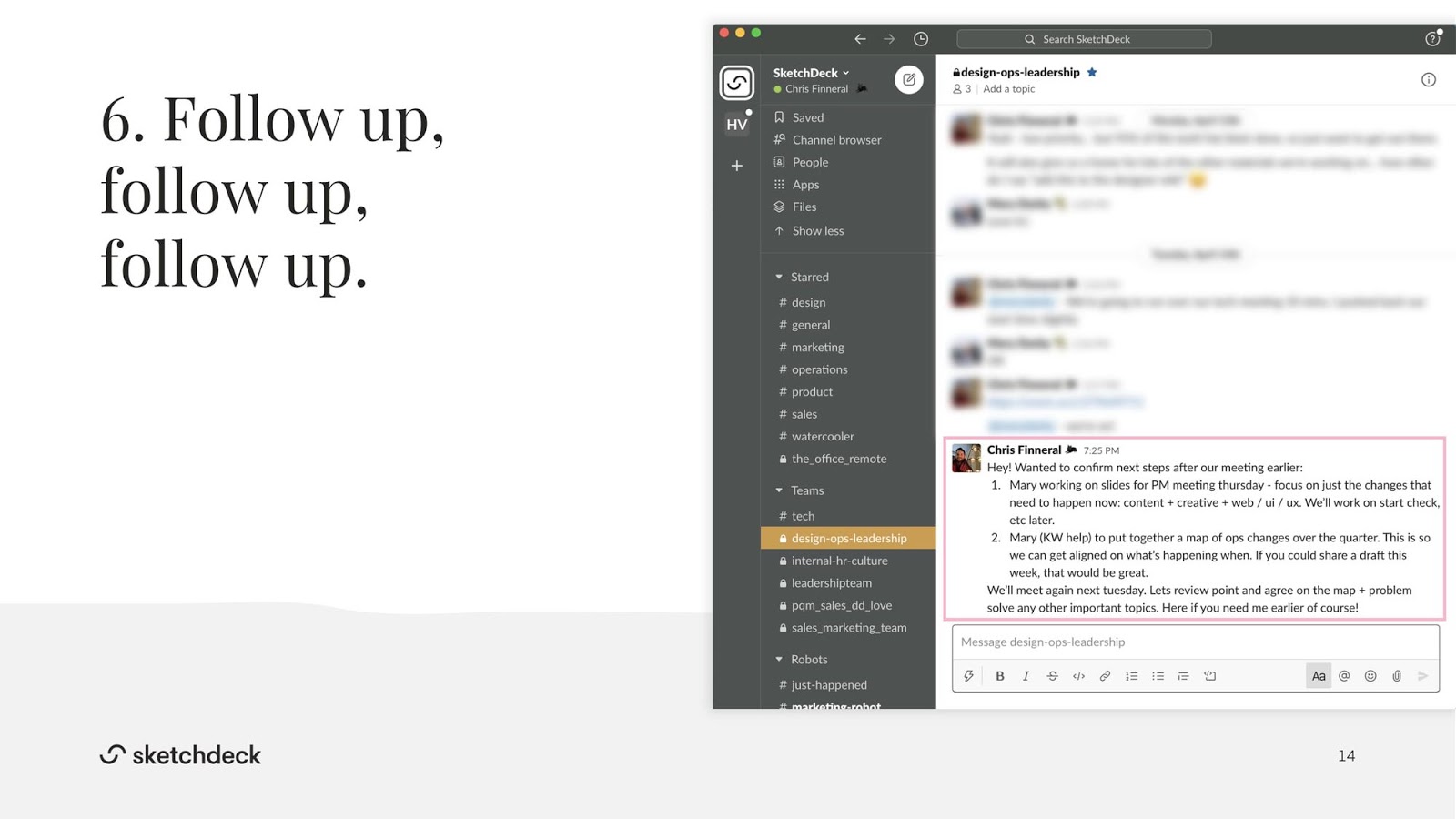
Conclusion
Meetings consume a lot of people’s time. Many hours are wasted by defaulting to another meeting instead of exploring better ways to make progress. A little bit of thought, on the other hand, can save hundreds of hours each year for your team.